Invented by Laurence Fayadat-Dilman, Veronica Juan, Shireen Khan, Shaopeng Huang, Hua Ying, Eric Escobar Cabrera, Genevieve Desjardins, Zymeworks BC Inc, Merck Sharp and Dohme LLC
PD-1 (Programmed Cell Death Protein 1) and LAG-3 (Lymphocyte Activation Gene 3) are immune checkpoint receptors that are expressed on T cells. These receptors act as brakes on the immune system, preventing excessive immune activation and maintaining immune homeostasis. However, cancer cells exploit these checkpoints to evade immune surveillance, leading to tumor growth and progression.
Anti-PD-1 monoclonal antibodies, such as pembrolizumab and nivolumab, have revolutionized cancer treatment by blocking the PD-1 receptor and reactivating the immune response against cancer cells. These drugs have shown remarkable efficacy in various malignancies, including melanoma, lung cancer, and bladder cancer. However, a significant proportion of patients do not respond to anti-PD-1 therapy, highlighting the need for novel approaches to enhance the anti-tumor immune response.
This is where Anti-PD-1/LAG-3 bispecific antibodies come into play. By simultaneously targeting both PD-1 and LAG-3 receptors, these bispecific antibodies aim to overcome resistance to single checkpoint inhibitors and further enhance the anti-tumor immune response. Preclinical studies have demonstrated that Anti-PD-1/LAG-3 bispecific antibodies can effectively block these immune checkpoints and promote T cell activation, leading to improved tumor control in animal models.
Several pharmaceutical companies are actively developing Anti-PD-1/LAG-3 bispecific antibodies, recognizing the potential of this therapeutic approach. These include big players in the pharmaceutical industry, such as Bristol Myers Squibb, Merck, and Novartis, as well as smaller biotech companies like Arcus Biosciences and I-Mab Biopharma.
The market for Anti-PD-1/LAG-3 bispecific antibodies is expected to witness significant growth in the coming years. The global immuno-oncology market is already valued at billions of dollars, and the introduction of bispecific antibodies targeting PD-1 and LAG-3 will further expand this market. The potential indications for these therapies are vast, including solid tumors and hematological malignancies.
Clinical trials evaluating the safety and efficacy of Anti-PD-1/LAG-3 bispecific antibodies are currently underway. Initial results from these trials have shown promising activity, with some patients achieving durable responses. If these positive outcomes are confirmed in larger studies, Anti-PD-1/LAG-3 bispecific antibodies could become a standard treatment option for patients who do not respond to single checkpoint inhibitors.
However, challenges remain in the development and commercialization of these therapies. Manufacturing bispecific antibodies can be complex, and regulatory approval processes can be time-consuming. Additionally, the high cost of these novel therapies may pose a barrier to their widespread adoption.
In conclusion, the market for Anti-PD-1/LAG-3 bispecific antibodies is poised for significant growth as these therapies hold great potential in enhancing the anti-tumor immune response. With ongoing clinical trials and the involvement of major pharmaceutical companies, we can expect to see exciting advancements in this field in the near future. These bispecific antibodies have the potential to revolutionize cancer treatment and improve outcomes for patients who currently have limited treatment options.
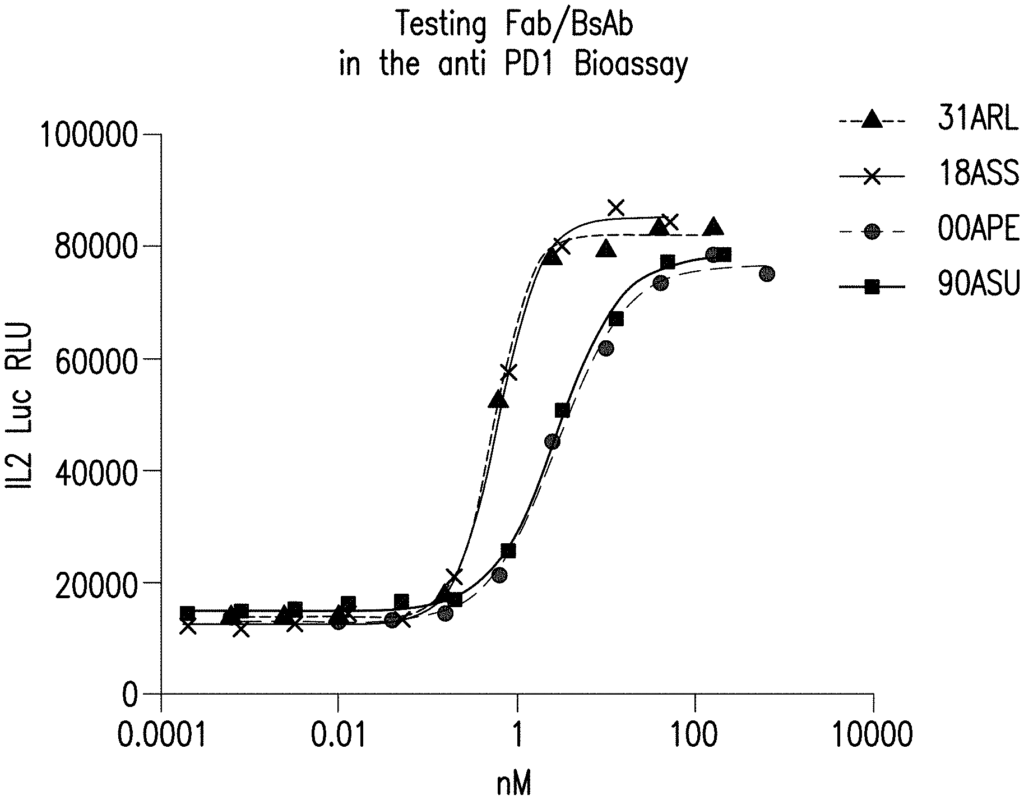
The Zymeworks BC Inc, Merck Sharp and Dohme LLC invention works as follows
The present invention provides anti-PD-1 and antigen binding fragments. These antibodies and antigen binding fragments can be used to treat cancer and infectious diseases.
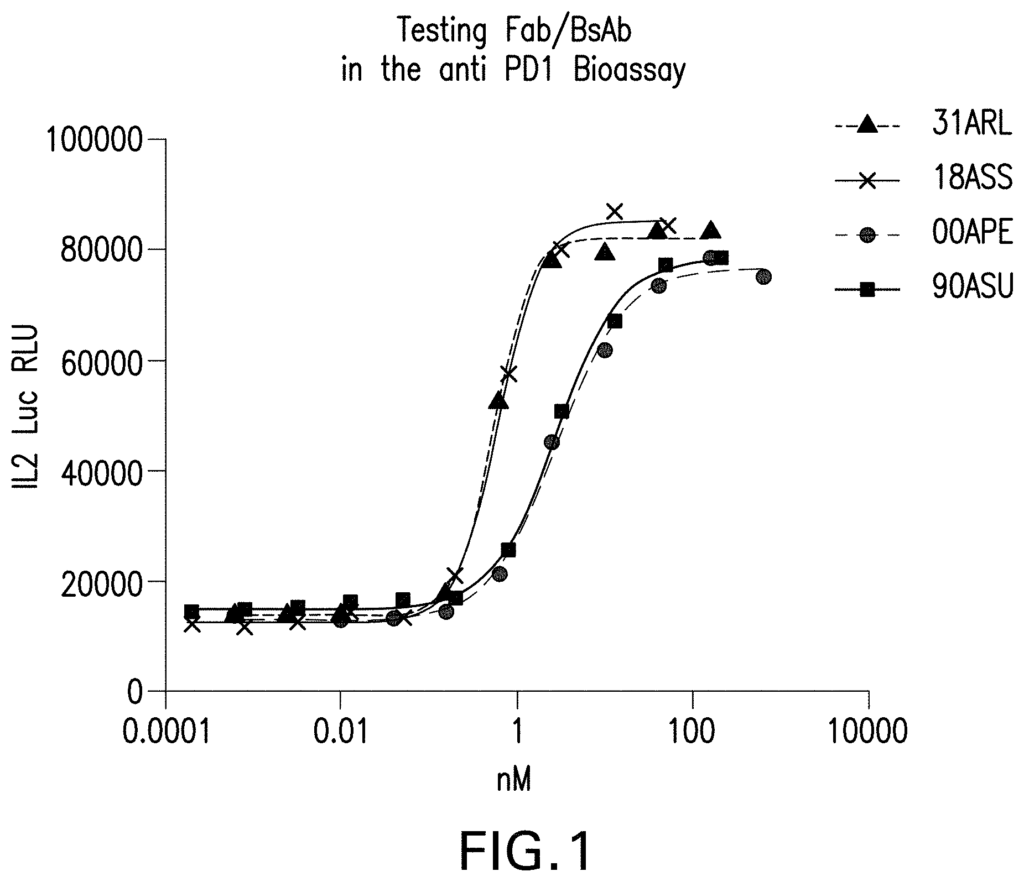
Background for Anti-pd-1/lag3 bispecific antibodies
5.1 Terminology
5.2 Anti-PD-1 and LAG3 Bispecific Antibodies
5.3 Physical and functional properties of the Exemplary Antibodies
5.4 Polynucleotides & Polypeptides
5.5 Methods for Making Antibodies or Antigen-Binding Fractions Thereof
5.6 Antibody Engineering
5.7 Antibody engineering of the Fc region
5.8 Regulation of Effector Function
5.9 Production Antibodies With Modified Glycosylation
5.10 Physical Antibody Properties
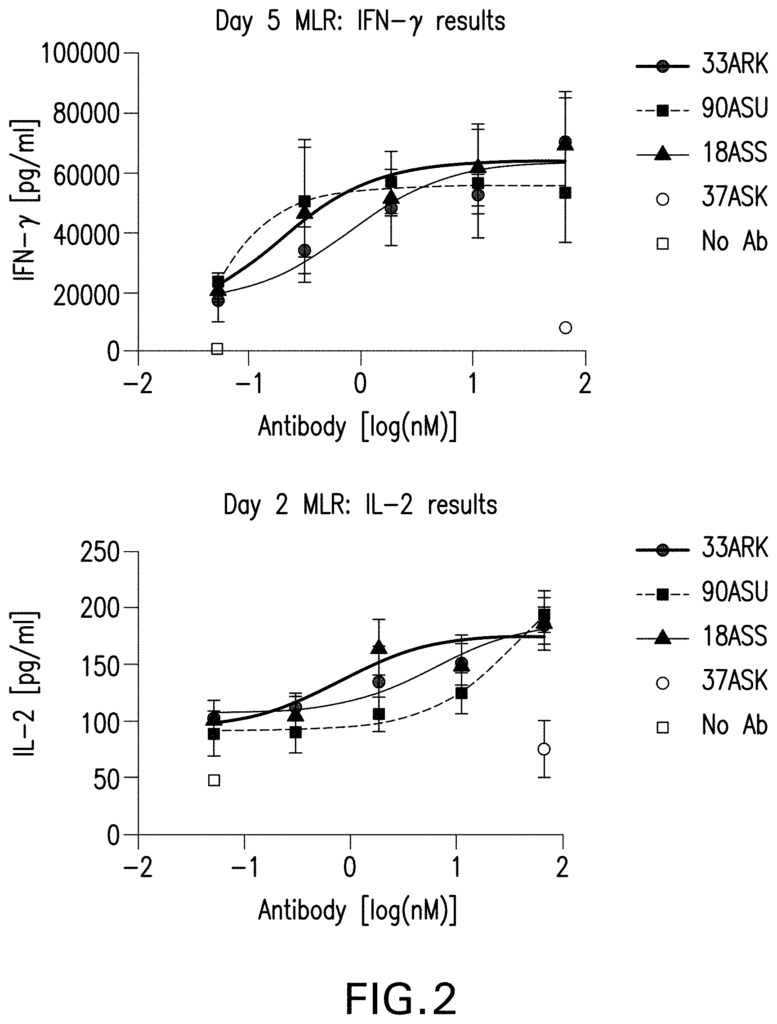
5.11 Antibody Conjugates
5.12 Therapeutic Applications of Antibodies
5.13 Pharmaceutical Compositions & Administration
5.14 Kits
5.15 General Methodology
6. EXAMPLES
6.1 Example 1: Binding and Affinity Studies of Humanized 08A antibody
6.1.1 Affinity Mutation of 08A using Single CDR Codon Base Mutagenesis Library”.
6.1.2 Affinity maturation of 08A using Random Mutagenesis Library, and VH/L Combinatorial Library”.
6.1.3 Sequences Selected Clones
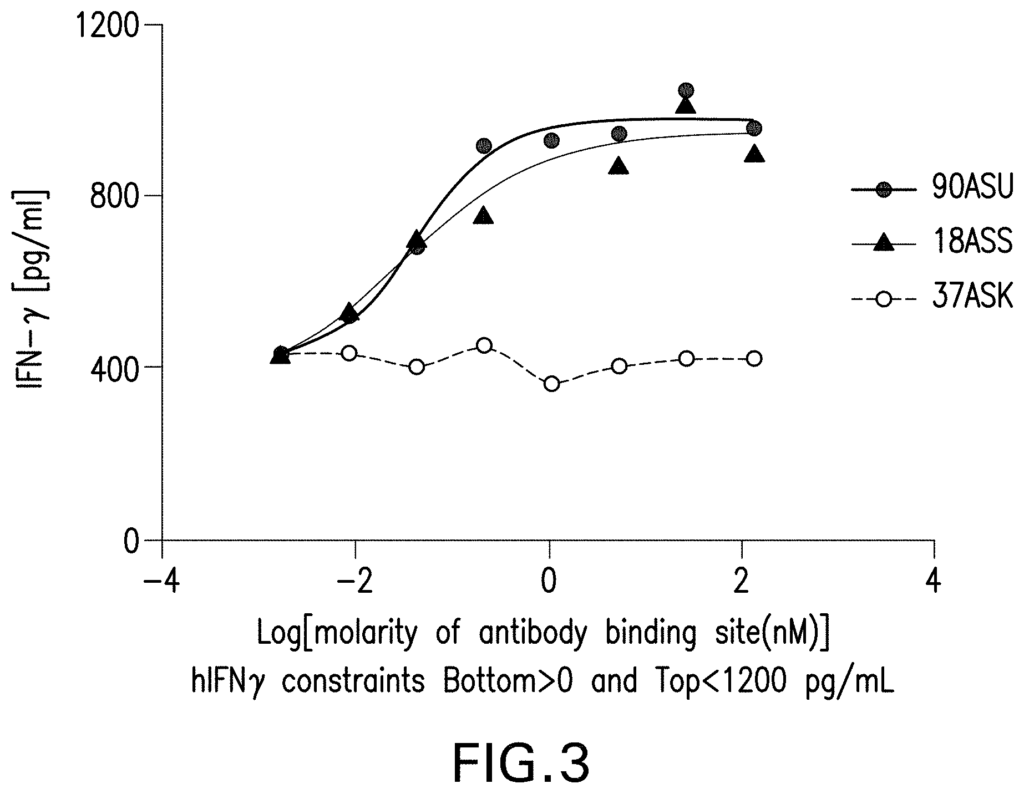
6.1.4 Transient transfection in 293 cells
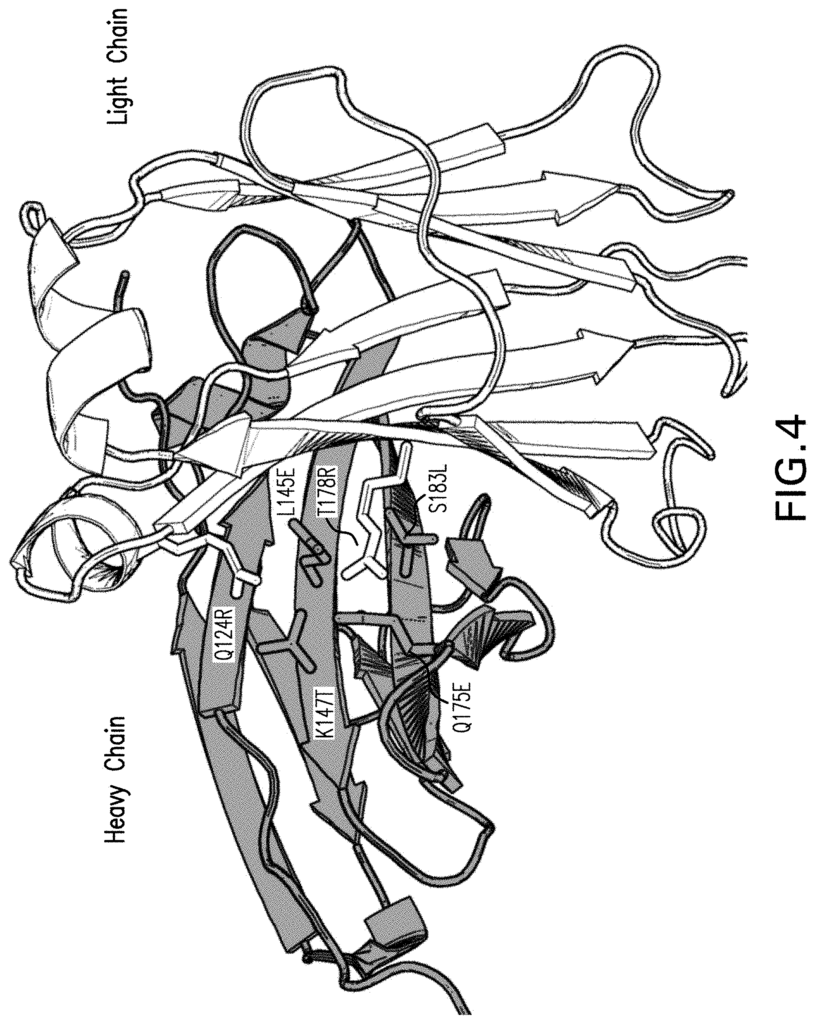
Click here to view the patent on Google Patents.
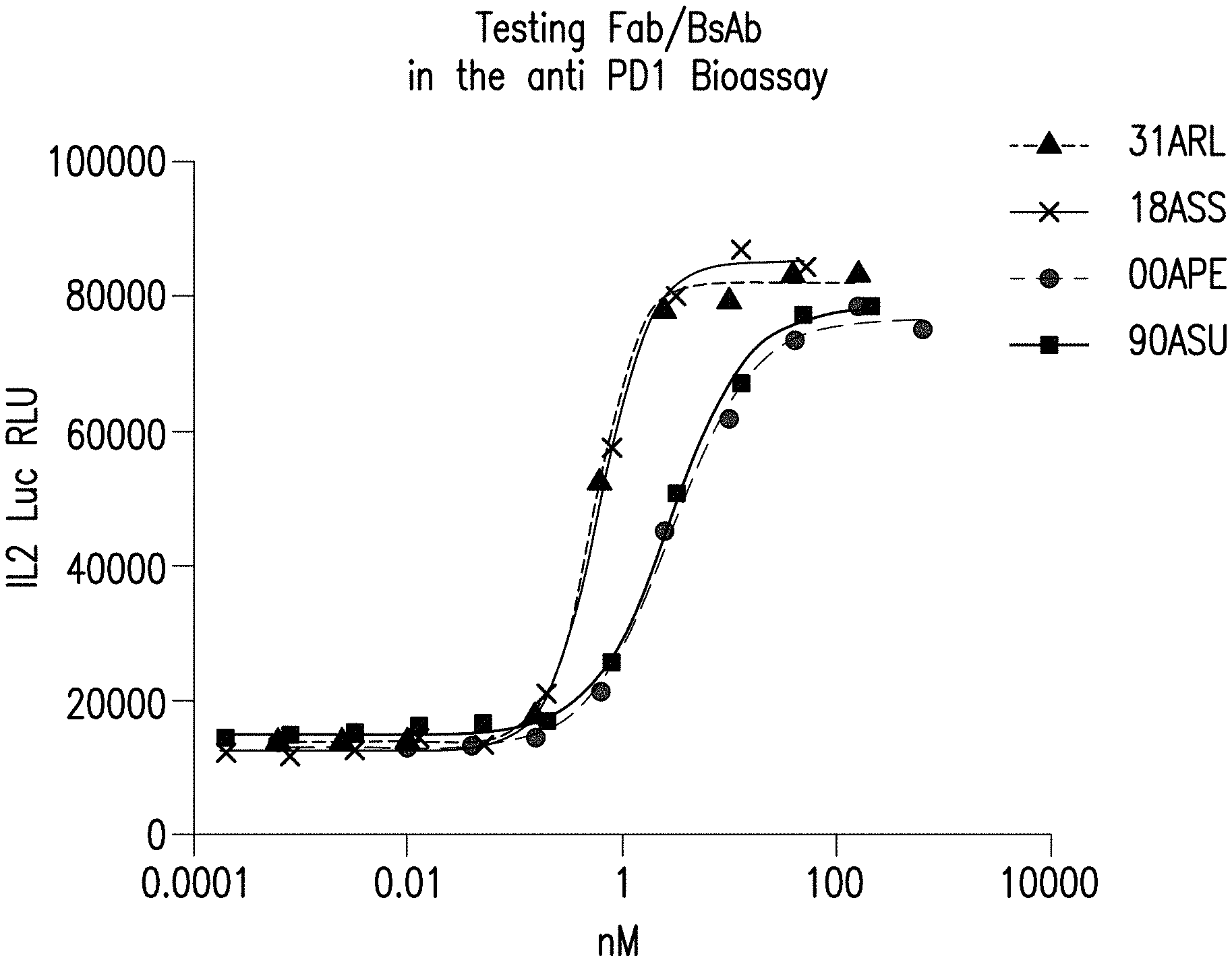
Leave a Reply